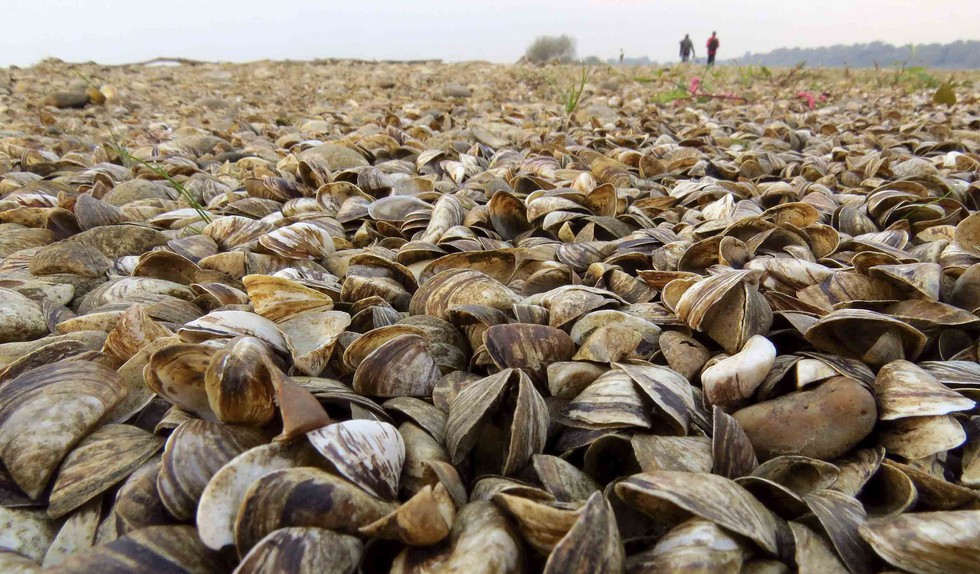
About Zebra Mussel:
Zebra mussel, an invasive species cap...
The Defence Metallurgical Research La...
The European Space Agency recently an...
Scientists recently discovered anothe...
The tea industry has sought higher ra...
A new study by Centre for Science and...
Researchers of the Shadpada Entomolog...
The Centre plans to increase the uppe...
The recent approval of the Romanian p...
Recently, the union Minister of Coal ...